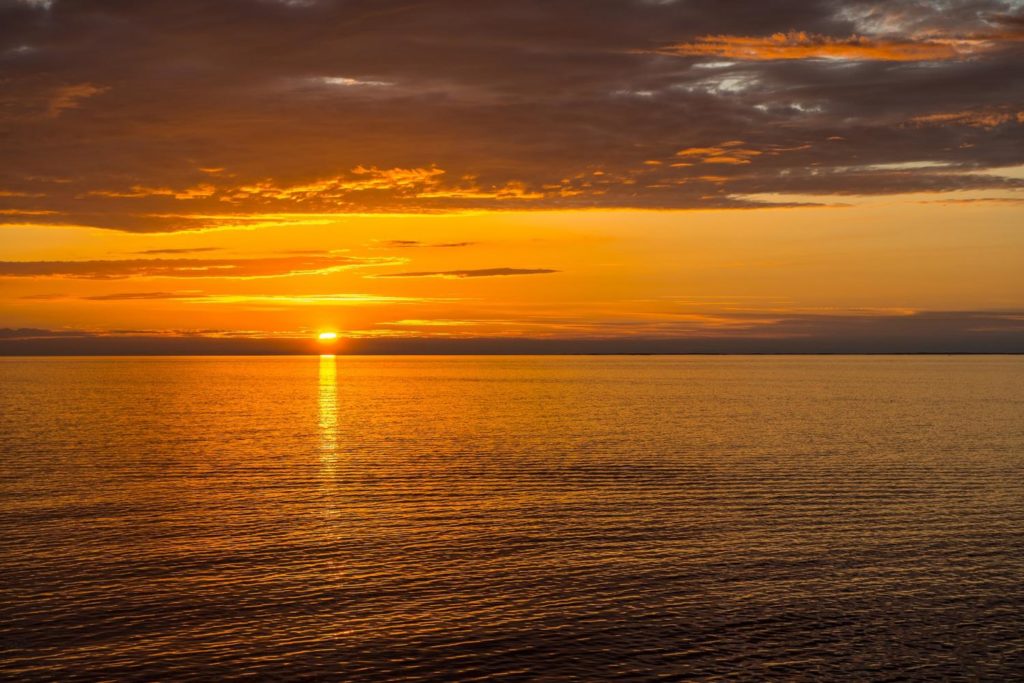
India and Australia consented to two-sided military agreements Thursday in the “first step in deepening of the defense relationship” between the two Indo-Pacific powers, as indicated by proclamations from the two nations.
The deals were declared after a virtual summit between prime ministers Scott Morrison of Australia and Narendra Modi of India.
“India is comprehensively and rapidly committed to strengthening its relations with Australia. This is not only important for our two nations but also the Indo-Pacific region and the whole world,” Modi said.
“We are committed to an open, inclusive, prosperous Indo-Pacific and India’s role in that region, our region, will be critical in the years ahead,” Morrison added.
The new settlements, known as the Australia-India Mutual Logistics Support Arrangement and the Defense Science and Technology Implementing Arrangement, come as military strains increment in the Indo-Pacific area, which remembers for the South China Sea, where China has been sustaining its situations on disputed islands.
A joint post-summit explanation said the two nations “share a vision of a free, open, inclusive and rules-based Indo-Pacific region to support the freedom of navigation, over-flight and peaceful and cooperative use of the seas.”
The agreements commit the two nations to extend military reconciliation through more complex activities and grant them access to one another’s bases for logistical help.
China claims almost the entirety of the South China Sea’s 1.3 million square miles as its own, despite different inquirers having borders that are far nearer to the contested waters. In 2016, a tribunal in The Hague controlled China has no legitimate premise to guarantee notable rights to the bulk of the South China Sea.
Australia has long-standing security ties with the United States and has kept up a long-term presence in the South China Sea, leading airborne surveillance patrols since 1980, as per the Lowy Institute.
Australian warships likewise visit the zone regularly, remembering taking an interest in exercises there with US warships in April.
A year ago, Indian warships went along with the US, Japanese, and Philippine maritime vessels in a travel of the South China Sea.
India, in the meantime, has been expanding its defense collaboration with the United States, incorporating the annual Malabar maritime activities, which unite the US and Indian militaries alongside the Japanese Self-Defense Forces.
The Australian High Commissioner to India, Barry O’Farrell, said in a meeting a month ago that Canberra would be enthused about joining the Malabar works out, yet no invite had been expanded.
Thursday’s signing came as strains kept on ascending on the India-China border in the Himalayan Mountains.
Indian Defense Minister Rajnath Singh said Tuesday that a “significant number” of Chinese soldiers had moved to the Line of Actual Control isolating the two nations.
A month ago, an aggressive cross-border skirmish between Chinese and Indian forces brought about minor injuries to troops. The occurrence has been followed lately by unverified reports of strains in the mountainous territory, however, neither one of the sides had publicly recognized anything strange.
Disclaimer: The views, suggestions, and opinions expressed here are the sole responsibility of the experts. No Open Headline journalist was involved in the writing and production of this article.
